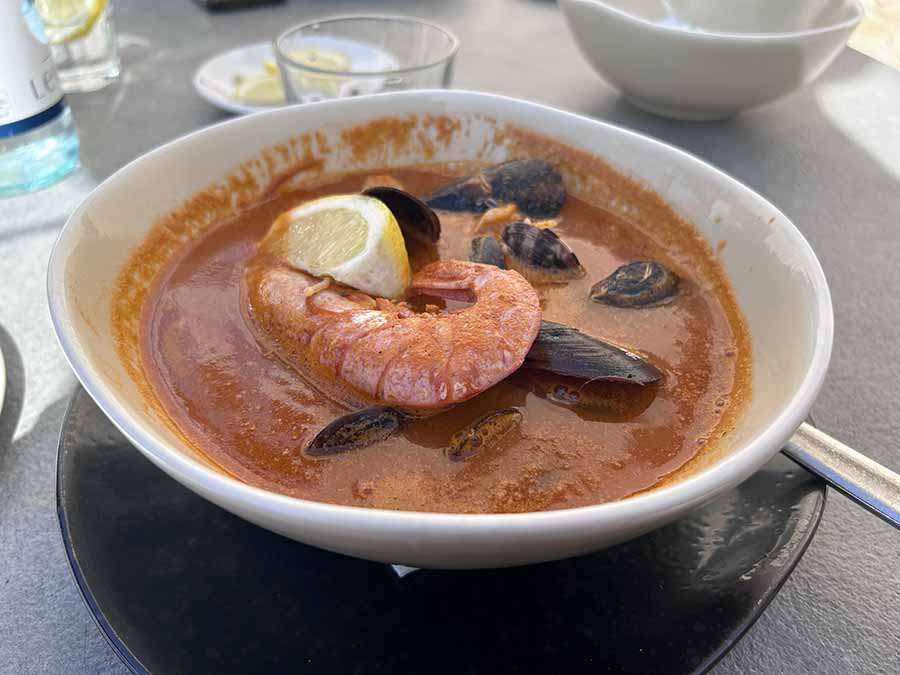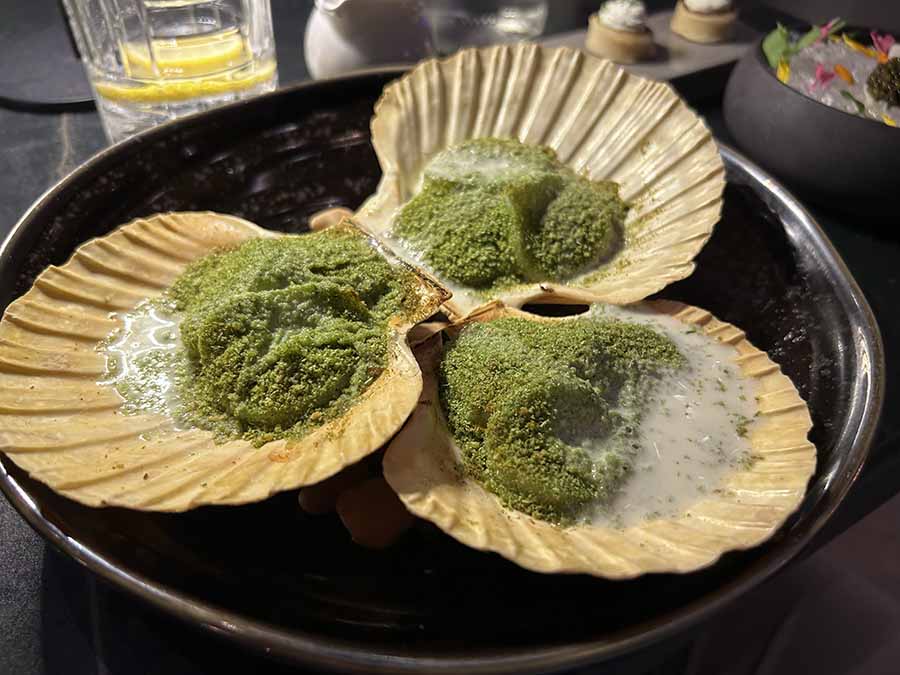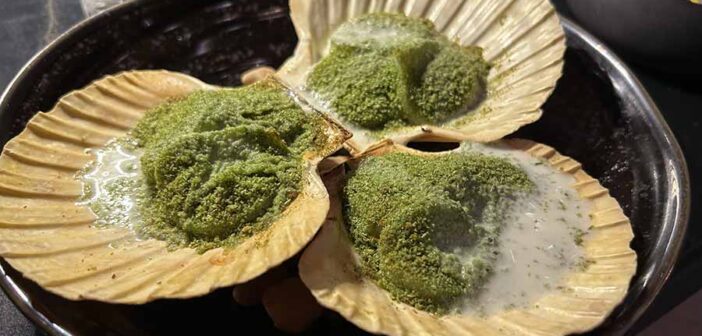
Malta’s culinary scene is buzzing, a dynamic blend of tradition and innovation, with Michelin-starred fine dining, vibrant food festivals, and a strong emphasis on local produce. From rustic stuffat tal-fenek to sophisticated seafood dishes, the islands offer something for every palate. The scene is further enriched by cultural events, sustainable practices, and a growing international reputation, making Malta a must-visit destination for food lovers.
Celebrate Traditional Maltese Cuisine
Authentic Dishes are in the spotlight, traditional Maltese dishes like stuffat tal-fenek (rabbit stew), pastizzi (flaky pastries filled with ricotta or peas), aljotta (fish soup), and lampuki pie (made with dorado fish) remain central to the culinary identity. Restaurants such as Rubino and Ta’ Kris in Valletta and Sliema emphasize rustic, home-style cooking, showcasing seasonal ingredients like fresh tomatoes, fish, and olive oil.
Gozo, Malta’s sister island, offers unique dishes like ftira Għawdxija (a flatbread pizza with potatoes, anchovies, and ricotta), highlighting regional diversity.
Events like the Valletta Local Food Festival celebrate Maltese gastronomy with dishes such as ravioli, local pies, and ġbejniet (goat or sheep’s milk cheese), paired with craft beer, wine, and olive oil tastings.
Michelin Recognition Elevates Fine Dining
As of the 2025 MICHELIN Guide, there are seven Michelin-starred restaurants in Malta. One restaurant holds two Michelin stars, and six other restaurants have one Michelin star.
Five Bib Gourmand restaurants offer high-quality, affordable dining, while 28 other recommended restaurants showcase culinary diversity.
International and Fusion Influences
Malta’s history as a trade hub continues to shape its food scene, with strong Italian (Sicilian), Arab, French, and British influences..
Given Malta’s island setting, seafood is a staple. Restaurants specialise in fresh, locally sourced Mediterranean seafood, and emphasise pure seafood expressions.
Innovative chefs are reinterpreting Maltese classics, such as ħobż biż-żejt (bread with olive oil, tomatoes, and toppings), using modern techniques and local produce.
Food Festivals and Events
Malta International Food Festival draws over 48,000 visitors, featuring over 1,000 plates from 42 international cuisines, local produce, and live performances. It includes a new “Balance” section with talks on sustainability and a chillout area with DJs.
Valletta Local Food Festival showcases Maltese culinary traditions, with chefs like Ronnie Caruana demonstrating pastries and artisans presenting cheeses and wines.
The Malta International Wine Festival, Spinola Gin Fest, and Cider & Craft Beer Fest highlight beverages alongside street food, while the Festa Frawli (Strawberry Festival) in Mġarr celebrates local produce.
Farm-to-Table
Chefs are increasingly collaborating with local farmers and fishermen to highlight Malta’s agricultural heritage. Restaurants emphasise locally sourced fish and shellfish, while festivals promote seasonal ingredients.
Visitors can engage in farm stays or agricultural experiences, supporting traditional farming practices and offering authentic culinary encounters.
Street Food and Casual Dining
Pastizzi and Imqaret remain Malta’s iconic street foods, available at kiosks and pastizzerias. Imqaret, deep-fried pastries with date paste, are a popular sweet treat.
Ħobż biż-żejt is a simple yet beloved sandwich, often enjoyed at beachside snack bars.
Areas like Sliema, St. Julian’s, and Valletta are packed with casual eateries offering quick, traditional bites alongside international options.
Chefs are balancing global trends with preserving Maltese culinary heritage, as seen in modern takes on traditional dishes.





